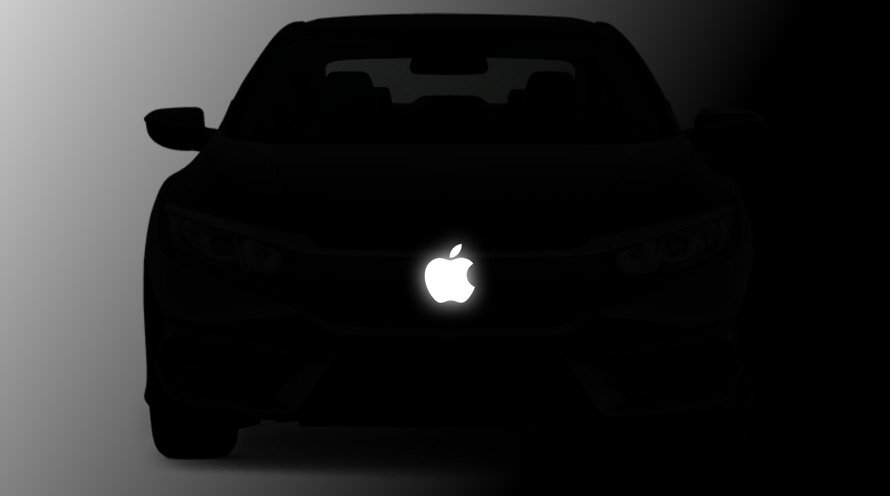The abandoned Apple Car shifted gears several times over the past decade, but ultimately the challenge of full self driving proved insurmountable — and continues to elude the industry as a whole.
Apple had hoped to produce a car design that would revolutionize the industry, but finally pulled the plug on its electric car dreams. While companies such as Tesla have also hoped to create a vehicle with a Level 5 self-driving system, they have sensibly opted to iterate on the idea with limited self-driving today, and the promise of Full Self Driving (FSD) in the future.
Bloomberg's Mark Gurman reports that Apple's decade-long "Project Titan" ultimately failed because faith in Apple's engineering team to solve the riddle of FSD technology turned into hubris over time.
Apple intended to leapfrog the industry with a car design so capable of full self-driving that it would have no steering wheel and no pedals. It would also look like nothing else on the market at the time.
According to Gurman, the company and its engineering team in 2014 felt invincible. Apple had revolutionized smartphones, tablet computers, and the entire music industry in the recent past — and was preparing to upend the watch industry.
In hindsight, Gurman noted that a car design that would have "still reflected Apple's design chops and be fully integrated into the company's ecosystem of products," likely made in partnership with an existing manufacturer, would have appealed to the company's fan base.
Instead, all the design work was focused around the advanced concept of a truly "driverless" car that didn't require human control. Gurman cites a source who was involved in the decision-making that compares the plan to attempting to "skip all the early iPhone models and jump right to the iPhone X."
Apple executives understood the folly of their "big bet" a few years ago, but had already spent billions chasing the original vision.
Even if the engineering department had come up with a full self-driving breakthrough, the project's cost, profit potential, and cost to the consumer — rumored to be over $100,000 — became unsustainable.
